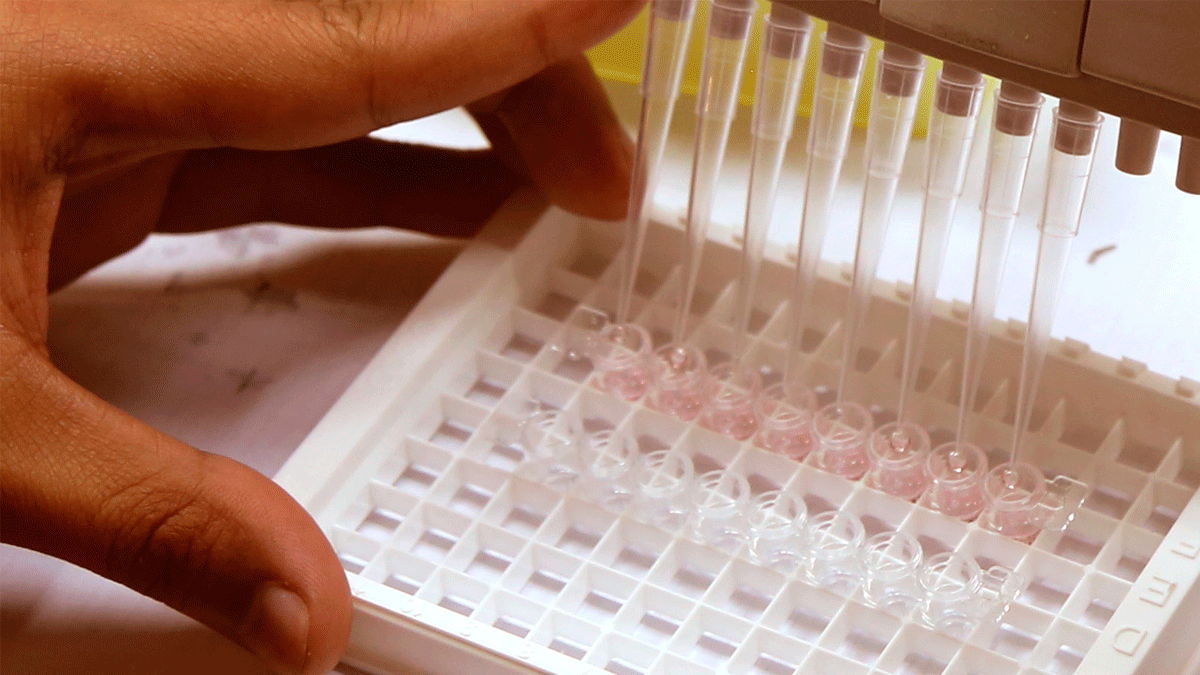Faster is better
Immediate detection of contaminants is a proactive approach in helping ensure food safety
Over the past several years, different manufacturing companies have drowned themselves with diverse and laborious methods for the detection of foodborne pathogens and toxins. Amidst the conventional practices of these companies, stricter standardization of quality assurance programs in conformance to regulations transpired. As a result, companies became more involved in integrating Hazard Analysis and Critical Control Points (HACCP) plans and other food safety programs in their operations.
There are also frequent occurrences of food safety issues. The need to immediately combat these and to prevent them from recurring led to the innovation of rapid diagnostic test kits. Faster results lead to a more responsive system, allowing products’ quality assurance before the products reach the market.

As these technologies develop, it initially gave confusion and doubt among authorities. But they’ve slowly accepted it as these innovations brought an answer to every industry’s need for accurate real-time detection.
Time is a huge factor. Bacteria may be microscopic wherein a million could be present in a square inch of any matter. Growing rapidly, depending on the environment and various factors, bacteria could reproduce by 3.2 million times in just five hours, according to Bethel Health Department; especially with food, which is amongst those highly susceptible to bacteria. Most common illness-causing bacteria in food are Salmonella enteritidis, Staphylococcus aureus, Clostridium botulinum, and Listeria monocytogenes. With millions of consumers awaiting the release of a multitude of products, time really matters in quality assurance for safety and economic reasons.
The significance of using rapid test kits encouraged the food industry to regularly test and screen for any food contaminant or toxin, and not just to solely rely on monthly or quarterly monitoring of products through third party testing institutions. A regular and effective monitoring system guarantees almost zero percent recall in the market, continuous positive income venture, and progressive reputation of the company and the country, gaining the confidence of the consumers. As the Food Safety News stated, “the sooner one finds out a food product meets quality and safety requirements, the sooner it can be sold.”
Moreover, these technologies enable professionals to maximize their time by accomplishing other tasks. Depending heavily on the conventional methods entails complicated sample preparation protocols, longer analysis time, and use of multiple, sophisticated and large-scale equipment. Rapid test kits, on the other hand, create a streamlined workflow easing the greater part of the workload with simple procedure and analysis.
Rapid test methods have become a versatile and proactive tool in food safety management. It continuously supports the increasing demand in the market and aggressively copes up to the advances in food safety programs. Rapid testing is largely applied in the industry today; because evidently, it fortifies the capacity of every company to perform effectively at its best phasing.
For interested subscribers or advertisers of Food Safety Trends Philippines Magazine, click here or send us an email at [email protected].


